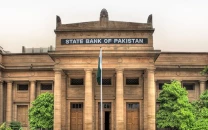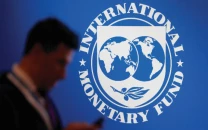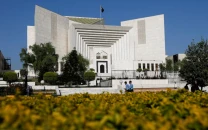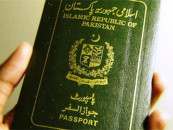SBP’s reserves down 0.57%, clock in at $10,305m
Payments made on account of external debt servicing, other commitments

Payments made on account of external debt servicing, other commitments. CREATIVE COMMONS
SBP’s liquid foreign exchange reserves decreased by $60 million to $10,305 million compared to $10,365 million in the preceding week.
Between December 19 and 26, the SBP made payments of $197 million on account of external debt servicing and other official payments, of which $139 million was paid to the International Monetary Fund (IMF) under the Stand-by Agreement.
Total liquid foreign reserves held by the country, including net reserves held by banks other than the SBP, stood at $14,944.7 million while net foreign reserves held by banks amounted to $4,639.8 million.
Pakistan’s foreign exchange reserves witnessed a rapid rise in December. During the week ending on December 19, the SBP received $1,221 million from multilateral, bilateral and other sources, which included $1,051 million received from the IMF. This resulted in a weekly increase of 10.9% in the SBP’s foreign exchange reserves.
Similarly, the central bank’s liquid foreign reserves increased 10.6% on a week-on-week basis at the end of the first week of December. The massive increase was a result of Pakistan getting $1 billion against the issuance of Sukuk bonds.
The SBP-held foreign exchange reserves increased three times in 2014. The rapid rise in foreign exchange reserves led to an appreciation of 4% in the rupee’s value against the dollar on a period-end basis after a gap of 11 years, according to Topline Securities.
Improved foreign exchange reserves in 2015 will likely stabilise the rupee-dollar parity, which is expected to hover around Rs100-102. “Along with other major inflows, a 30% reduction in oil prices could result in annual savings of $4 billion, which is likely to support external account of the country significantly,” it said.
Published in The Express Tribune, January 2nd, 2015.
Like Business on Facebook, follow @TribuneBiz on Twitter to stay informed and join in the conversation.



















COMMENTS
Comments are moderated and generally will be posted if they are on-topic and not abusive.
For more information, please see our Comments FAQ